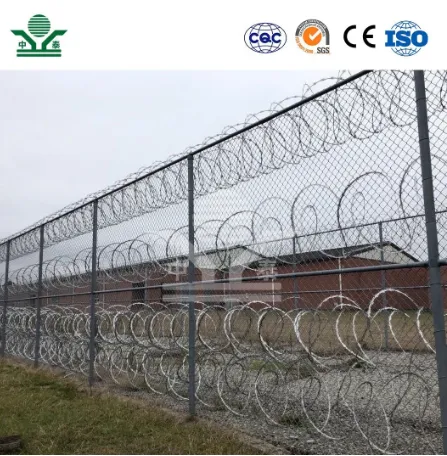The Importance of Temporary Noise Barriers
In urban environments, noise pollution has become an increasingly pressing issue. As cities expand and populations grow, the need for effective noise mitigation strategies becomes more critical. One innovative solution that has gained traction in recent years is the use of temporary noise barriers. These structures serve as a crucial tool in controlling sound levels in various settings, from construction sites to outdoor events. This article explores the importance of temporary noise barriers, their benefits, and their applications.
Understanding Noise Pollution
Noise pollution refers to unwanted or harmful noise that disrupts the normal acoustic environment. It can originate from various sources, including traffic, construction activities, industrial operations, and recreational activities. Exposure to high levels of noise can lead to a range of health problems, including stress, hearing loss, sleep disturbances, and negative impacts on mental well-being. Consequently, managing noise pollution is essential for maintaining a healthy living environment.
The Role of Temporary Noise Barriers
Temporary noise barriers are structures designed to mitigate sound pollution in specific areas temporarily. Unlike permanent noise barriers, which are often built along highways or industrial sites, temporary barriers are versatile and can be deployed for various short-term projects. Made from materials such as wood, metal, or composite materials, these barriers can effectively reduce noise levels by reflecting and absorbing sound waves.
Benefits of Temporary Noise Barriers
1. Flexibility and Mobility One of the primary advantages of temporary noise barriers is their flexibility. They can be easily installed and removed as needed, making them ideal for construction sites, outdoor concerts, festivals, and sporting events. This mobility allows for effective noise control without the long-term commitment of permanent structures.
2. Cost-Effectiveness Temporary barriers are often more financially feasible than permanent solutions. They do not require extensive permits or planning, which can save time and money. Additionally, since they are intended for short-term use, organizations can rent or purchase barriers as needed, minimizing expenses.
3. Rapid Deployment In situations where noise creation is anticipated, temporary barriers can be quickly set up to provide immediate relief to nearby residents. This rapid deployment is crucial in urban areas, where construction and events can disrupt daily life.
temporary noise barriers

4. Environmental Benefits By reducing noise pollution, temporary barriers contribute to a healthier urban environment. Quieter spaces can enhance community well-being, allowing residents to enjoy their homes and surroundings without constant disturbance.
Applications of Temporary Noise Barriers
Temporary noise barriers are widely used in various scenarios
- Construction Sites Large construction projects often generate significant noise, which can impact nearby residents and businesses. Installing temporary noise barriers helps minimize this disruption, fostering a more harmonious relationship between construction activities and the surrounding community.
- Outdoor Events Concerts, sports events, and festivals are common sources of noise pollution. By employing temporary barriers, event organizers can significantly reduce the noise impact on nearby neighborhoods, ensuring that local residents are not adversely affected by excessive sound levels.
- Roadwork and Infrastructure Projects Road maintenance and expansion projects can lead to increased noise levels for extended periods. Temporary barriers help to mitigate these effects, making the experience more tolerable for those living nearby.
- Noise Complaints Management In cases where noise complaints arise from specific activities, installing temporary barriers can be an effective interim solution while longer-term strategies are developed.
Conclusion
Temporary noise barriers are an essential tool for managing noise pollution in an increasingly noisy world. Their flexibility, cost-effectiveness, and rapid deployment make them an attractive option for various applications, from construction sites to outdoor events. As cities continue to grow and evolve, the importance of effective noise mitigation strategies will only increase. By incorporating temporary noise barriers into urban planning and project execution, we can create more livable spaces that prioritize the health and well-being of their residents. As communities strive to balance development with quality of life, temporary noise barriers will undoubtedly play a pivotal role in achieving this goal.
-
Turn Down the Noise: The Future of Highway Sound Barriers
NewsApr.09,2025
-
Silence the Sound: The Power of Highway Noise Barriers
NewsApr.09,2025
-
Reduce Road Noise Effectively with Highway Noise Barriers
NewsApr.09,2025
-
Noise-Free Living: How Highway Barriers Make a Difference
NewsApr.09,2025
-
Engineered for Silence: Highway Noise Barriers for Every Road
NewsApr.09,2025
-
Effective Noise Control: Highway Barriers for a Quieter Tomorrow
NewsApr.09,2025
Subscribe now!
Stay up to date with the latest on Fry Steeland industry news.

